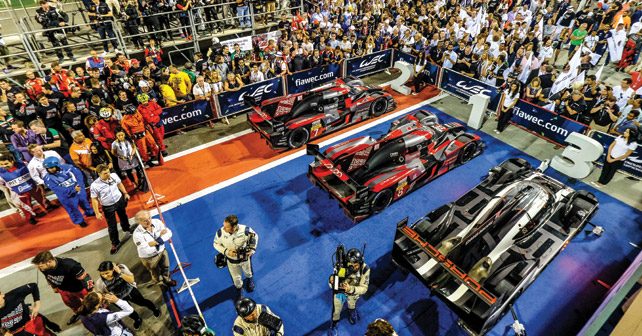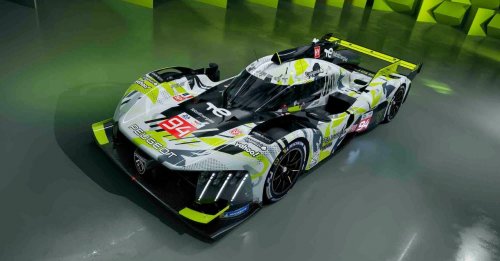The WEC received a huge boost in awareness with three manufacturers battling in the LMP1-Hybrid class, but now has to make do with two instead of what could have even been four.
Think back to 2015 and how much buzz was surrounding the WEC, relative to what had been a year prior to it. Porsche had made a race-winning return to sportscar racing’s top rung, Audi and Toyota were slugging it out for race wins and in their bid to win Le Mans and Nissan had announced its entry into the WEC.
From starting with just two manufacturer squads in its inaugural season, the WEC’s top category was going to see four major automotive brands battle it out. And even though Nissan’s campaign ultimately petered out in the most anti-climactic way possible, seeing Porsche step up their game was a delight to those with the patience for six-hour endurance events.
The 2016 season started out even better as Toyota managed to regain a lot of the ground it had lost to Porsche and Audi to keep fans guessing at times as to which brand would win a race. Nowhere was this more evident than at the 24 Hours of Le Mans where Toyota looked set to win until the final three minutes.
It was moments like these that made people look past the fact that beyond the factory supported teams – both in LMP1 as well as GTE – sportscar racing has more than its fair share of pay-drivers including amateurs who are referred to as ‘gentlemen racers’. Many even forgot to notice the astronomical budgets of Toyota, Porsche and Audi, all believed to be in excess of $250 million, as they tried to outdo one another. By the start of the 2016 season, it even meant Toyota following the lead of Porsche that employed a small capacity, turbo-charged, internal combustion engine to an F1-style energy recovery system. Except for Audi, of course, that stuck with a turbo-diesel hybrid approach but dropped its flywheel-based recovery system in favour of one that employed batteries.
Now the WEC needs to figure out how to keep the LMP1-H class attractive to manufacturers. As Audi bowed out with a 1-2 finish at the 6 Hours of Bahrain, news came that the technical regulations for the WEC’s top category will remain unchanged until 2019. That appears to be an effort to not appear too desperate for another manufacturer to join the fold while also trying to keep costs stable.
For now, the most movement among manufacturers can be seen in the GTE class of the championship. Ferrari and Aston Martin battled to split the manufacturers’ and drivers’ titles in the class this year while Ford went all out to claim a win at Le Mans. Next year, Porsche returns with a factory-supported program using an all new 911 RSR. Things get more interesting in 2018 as BMW will enter the GTE class.
In the past, sportscar racing has tinkered with its regulations a fair bit to prop up the category that has appeared to have the most manufacturer involvement. The formation of the WEC was an attempt to have a stable platform with clearly demarcated categories that would ensure long-term involvement. The move to keep regulations stable until 2019 would normally be seen as a positive move if it were not for Audi’s withdrawal. With an involvement in sportscar racing that spanned nearly two decades coming to such an abrupt end, how does the vacuum get filled?
Does it serve the interest of Nissan to take another crack at the LMP1-H class with a more traditional approach? Where does the next big development for the WEC come from? What could 2020 have in store for us?





























Write your Comment